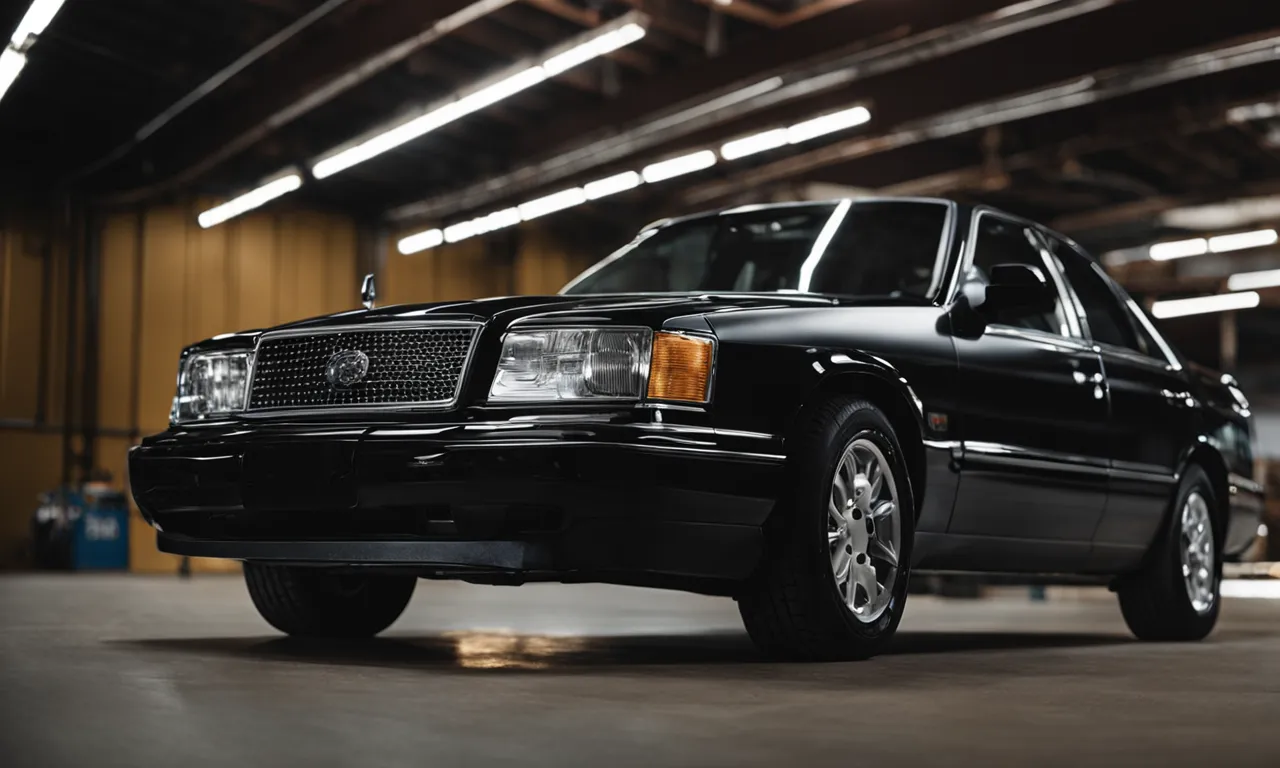The rear subframe, a crucial component of your vehicle’s suspension system, plays a vital role in ensuring a smooth and stable ride. However, should this essential part become damaged or corroded, its replacement can be a daunting task. In this comprehensive guide, we unravel the intricacies of replacing a rear subframe, delving into its costs, procedures, and implications.

Image: bd-renovation-energetique.fr
Understanding a Rear Subframe: The Backbone of Your Ride
Imagine a sturdy backbone supporting your vehicle—that’s the role of a rear subframe. It connects the rear wheels to the chassis and houses differential components, providing structural stability and ensuring proper handling and alignment. However, over time, exposure to harsh elements and relentless road conditions can compromise its integrity.
Assessing the Damage: Deciding on Replacement
If you suspect damage to your rear subframe, prompt inspection is imperative. Telltale signs include visible corrosion, misaligned wheels, unusual noises, and vibrations while driving. While minor damage might be repairable, extensive corrosion or structural deformity necessitates replacement.
The Financial Equation: Determining Replacement Costs
The cost of replacing a rear subframe can vary significantly depending on factors such as the vehicle make and model, labor rates, and the extent of damage. Here’s a rough estimate of the expenses involved:
- Labor: $500 – $2,000
- Rear subframe: $300 – $1,000
- Additional components: $100 – $500 (e.g., differential mounts, bushings)
Overall, the total cost can range from $900 to $3,500, emphasizing the prudence of obtaining quotes from multiple reputable auto repair shops.

Image: www.ownyourownfuture.com
Steps Involved in Rear Subframe Replacement: A Skillful Task
Replacing a rear subframe is a complex undertaking requiring specialized tools and expertise. Here’s an outline of the typical process:
- Disassembly: Removing the wheels, brakes, exhaust system, and driveshaft.
- Isolation: Detaching the suspension components and electrical wiring from the old subframe.
- Subframe Extraction: Using a jack and stands, carefully lowering the damaged subframe.
- Subframe Installation: Positioning and securing the new subframe into place.
- Component Reattachment: Reassembling all previously detached components.
- Alignment and Inspection: Ensuring proper alignment and conducting a thorough inspection for any potential issues.
Mechanic’s Expertise: The Key to Efficacy
Replacing a rear subframe is not a DIY project unless you possess extensive mechanical expertise. Entrusting this task to a qualified mechanic ensures precision and safety, preventing potential hazards and ensuring optimal performance.
How Much Does It Cost To Replace A Rear Subframe
https://youtube.com/watch?v=HaVlZs50WkM
Our Verdict: An Essential Investment in Stability and Safety
While replacing a rear subframe is undoubtedly an expense, it’s an essential investment in your vehicle’s stability, handling, and longevity. By addressing this critical component when necessary, you not only improve your driving experience but also enhance the overall lifespan of your vehicle, maintaining its reliability and safety for years to come.